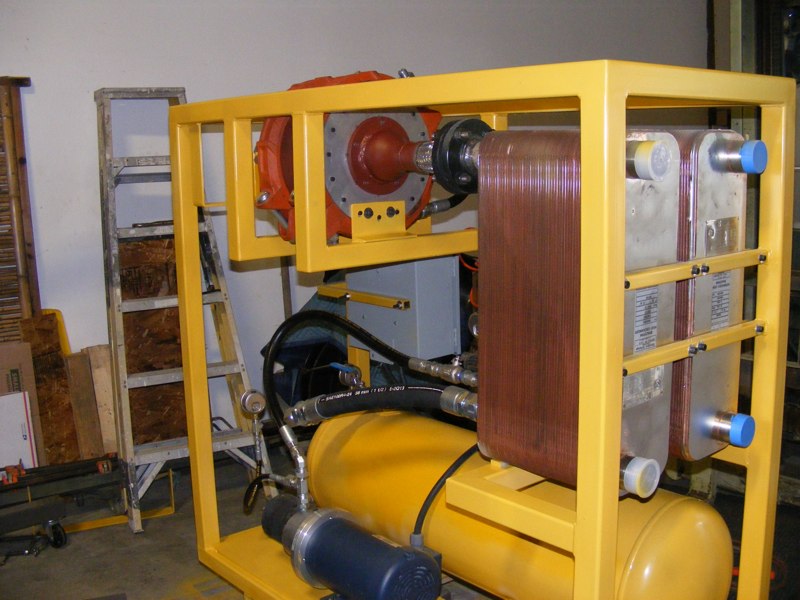
Introducing the ROT12 Turbine Assembly within the versatile IT10 System specifically designed for Organic Rankine Cycle and CAES (Compressed Air Energy Storage) up to 300 psi.

Infinity Turbine Sales | Plans | Consulting TEL: 1-608-238-6001 Email: greg@infinityturbine.com
For Data Centers or Charging Your Tesla MegaPack The Infinity Turbine IT1000 is a 1 MW supercritical CO₂ power system delivering high-efficiency energy production for data centers, industrial sites, and grid applications... More Info
IT250 Supercritical CO2 Gas Turbine Generator $999,000 250 kW (natural gas, solar thermal, thermal battery heat) ... More Info
IT1000 Supercritical CO2 Gas Turbine Generator $3M 1 MW (natural gas, solar thermal, thermal battery heat) ... More Info
IT10MW Supercritical CO2 Gas Turbine Generator $30M 10 MW (natural gas, solar thermal, thermal battery heat) ... More Info

Introducing the ROT12 Turbine Assembly within the versatile IT10 System specifically designed for Organic Rankine Cycle and CAES (Compressed Air Energy Storage) up to 300 psi. |

|
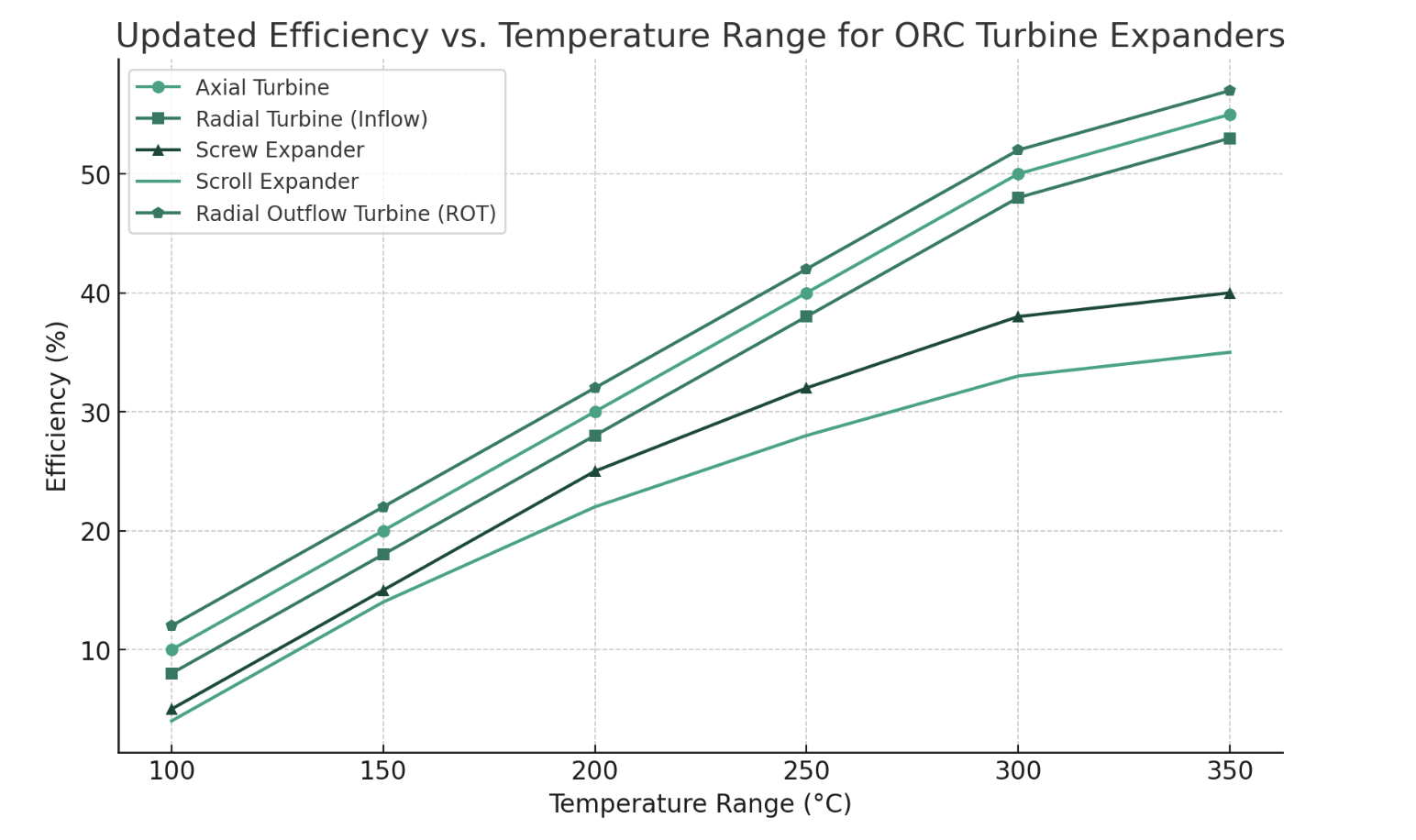
|
Understanding Organic Rankine Cycle (ORC) Turbine Expander Technologies Comparing various Organic Rankine Cycle (ORC) turbine expander technologies, we'll cover the basics of ORC systems, delve into the types of turbine expanders used, and compare their performances, efficiencies, applications, and suitability for different energy sources. We will also incorporate charts to visualize key differences and performance metrics. The Organic Rankine Cycle (ORC) is a thermodynamic process that converts thermal energy into mechanical power, which can then be transformed into electricity. Unlike traditional Rankine cycles that use water as the working fluid, ORC systems use organic fluids, allowing them to operate efficiently at lower temperatures and with smaller temperature differences. This capability makes ORC technology particularly suitable for renewable energy sources such as biomass, geothermal, and waste heat recovery.Please click on the link to read the articles...Understanding Organic Rankine Cycle (ORC) Turbine Expander Technologies |
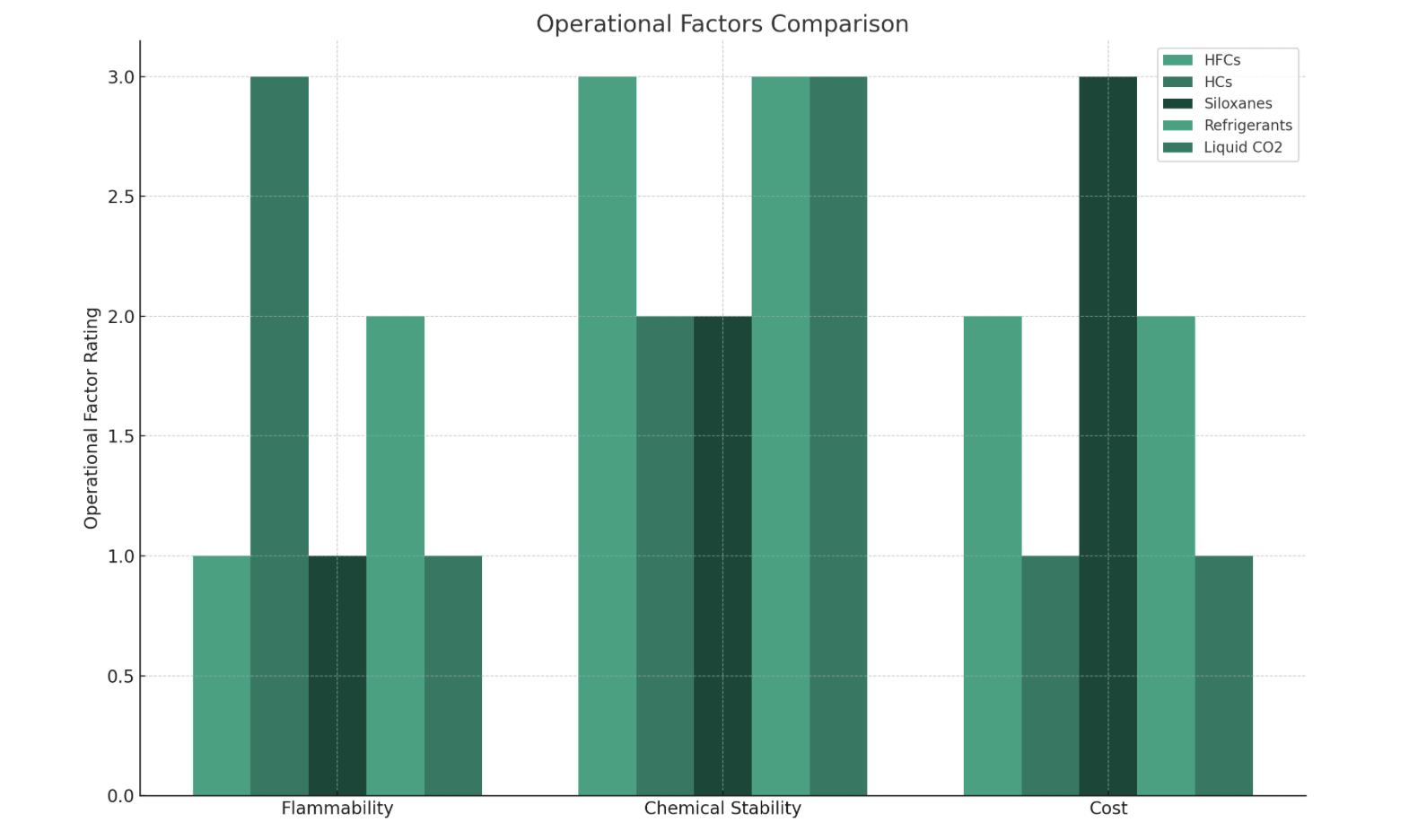
|
Comparing Organic Rankine Cycle Working Fluids to Liquid CO2 in the 40-150 C Range The Organic Rankine Cycle (ORC) is a highly versatile technology for converting low-grade heat into electricity. A critical factor in the efficiency and effectiveness of ORC systems is the choice of working fluid. Traditional ORC systems utilize a variety of organic fluids, each with its unique properties and performance characteristics. However, recent advancements have introduced liquid carbon dioxide (CO2) as a potential working fluid, particularly in the moderate temperature range of 40-150°C. This article explores the comparison of various organic working fluids against liquid CO2 within this temperature range, highlighting efficiency, environmental impact, and operational advantages and disadvantages.Read more about ORC working fluids with link below...Comparing Organic Rankine Cycle Working Fluids to Liquid CO2 |
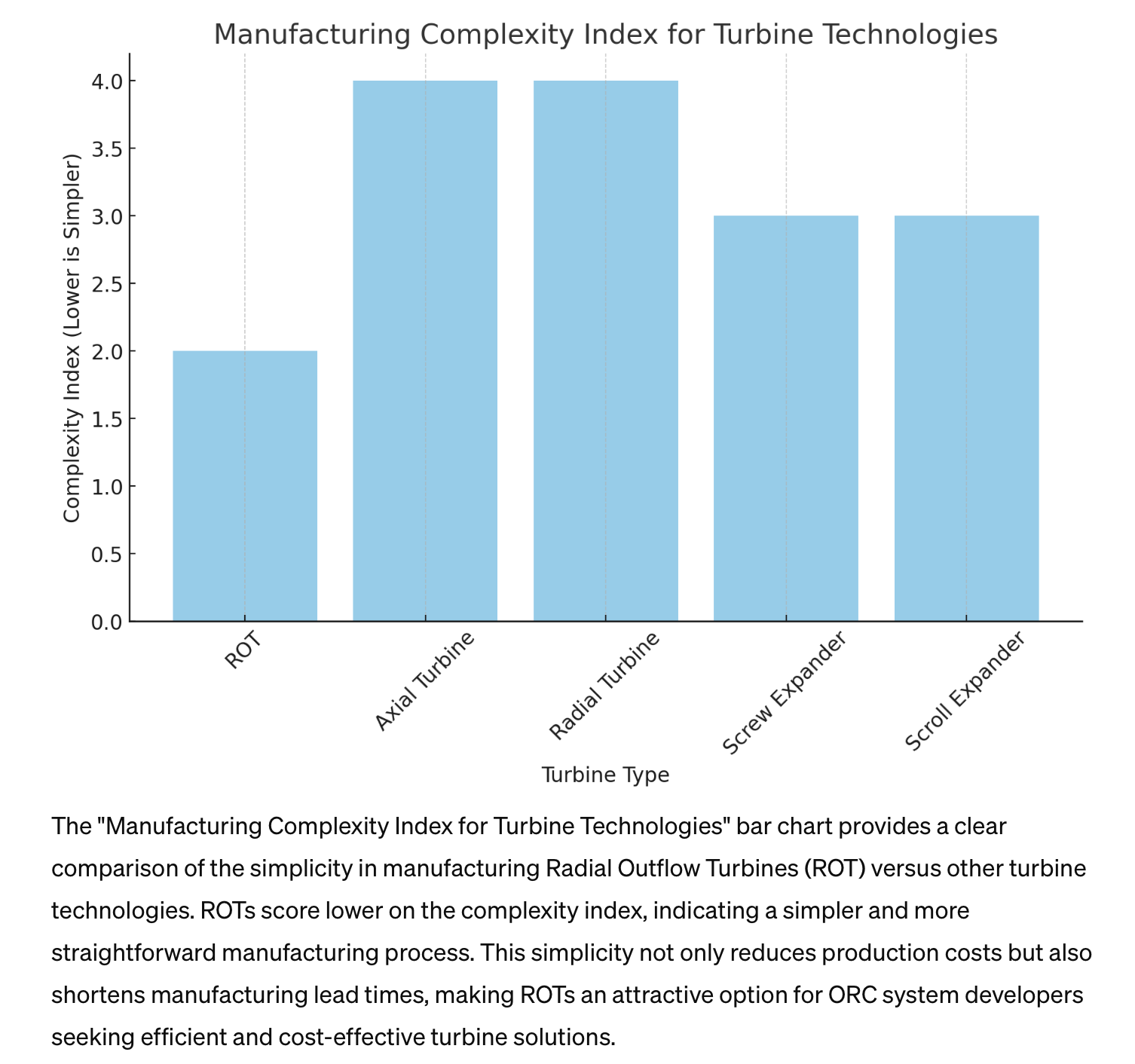
|

|
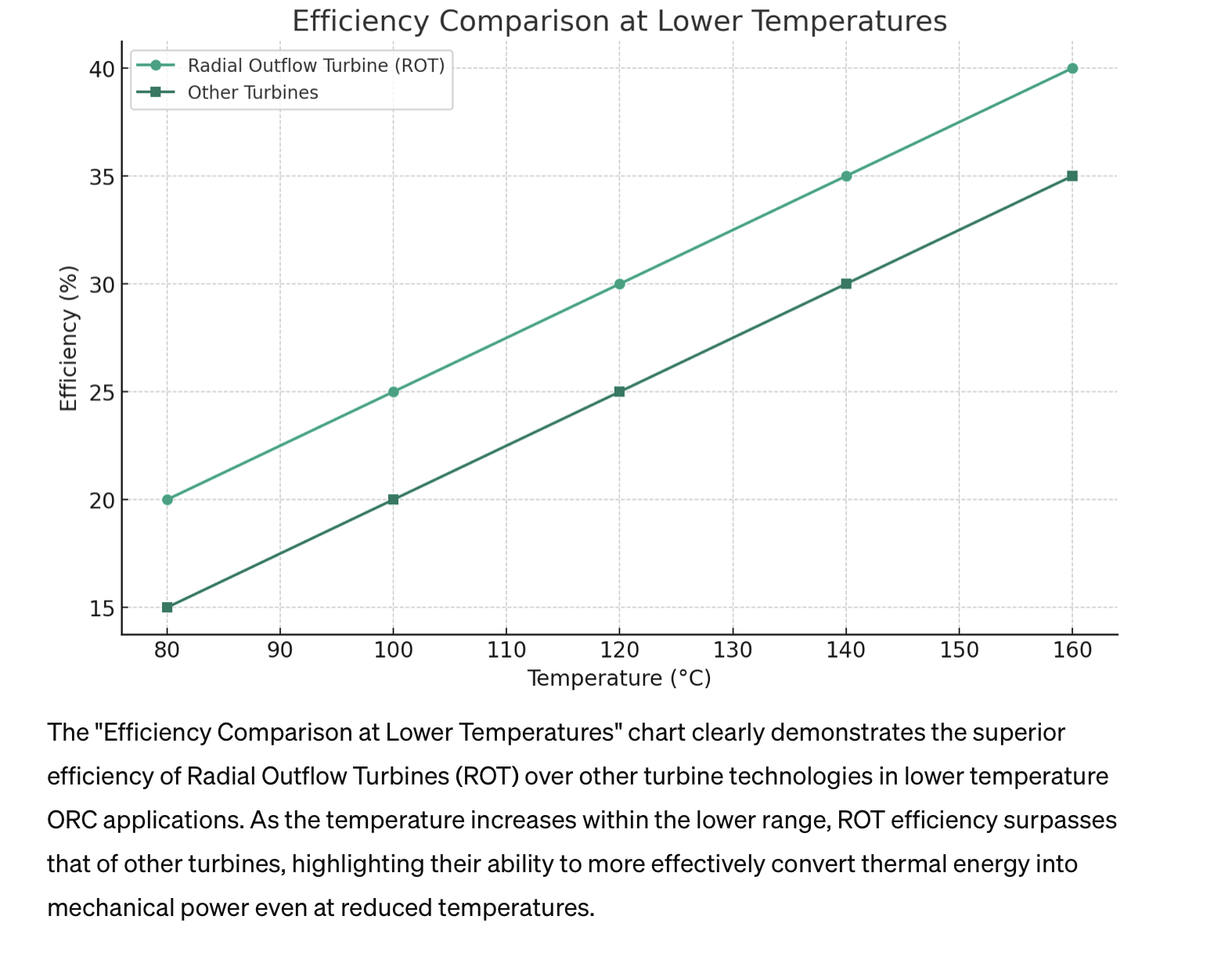
|
| CONTACT TEL: 1-608-238-6001 Email: greg@infinityturbine.com | AMP | PDF |